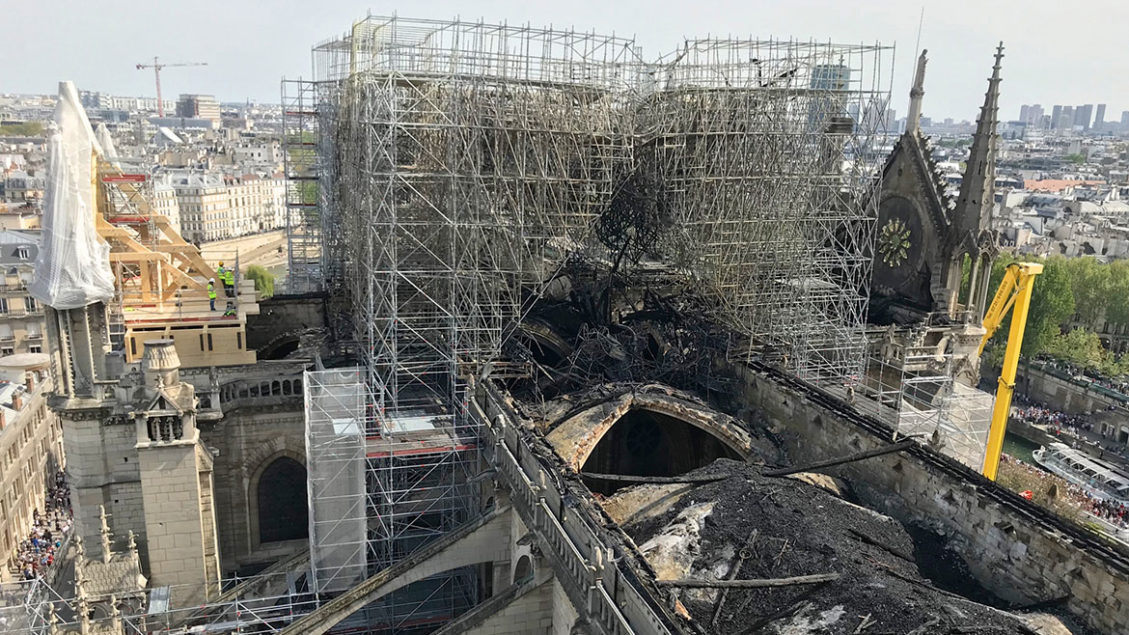Disir
Platinum Member
- Sep 30, 2011
- 28,003
- 9,607
- 910
As the public body set up by the French government to carry out the operation Friends of Notre-Dame de Paris readily admits, restoration work proper has not yet begun, and will not do so until September 2021 at the earliest, once consolidation of the building has finally been completed. This mammoth effort, estimated at $200 million, has involved decontaminating the site of hundreds of tons of lead dust dumped by the fire; removing, analyzing and cataloging all the debris from the burnt roof and partially collapsed high vault; removing stained glass and artworks for offsite conservation and storage; dismantling the scaffolding that had been put up before the fire and which had fused together in the heat (each of its 40,000 metal tubes had to be sawn out one by one); dismantling and removing the west organ (which counts 8,000 tubes); shoring up all the vaults and windows with timber supports; and installing access scaffolding and a temporary roof to protect the building from the elements. Slowed down by health-and-safety concerns over both lead pollution and the coronavirus pandemic, the consolidation process was a race against time to prevent the cathedral collapsing due to the fire and water damage and the instability caused by the absence of its heavy timber roof.

 www.architecturalrecord.com
www.architecturalrecord.com
They aren't even going to start building until September. They have been getting stuff ready though. They may not be completed by 2024.

Notre-Dame de Paris: Where Are We Now?
How far has work come since the Cathedral of Notre-Dame caught fire two years ago?
They aren't even going to start building until September. They have been getting stuff ready though. They may not be completed by 2024.
